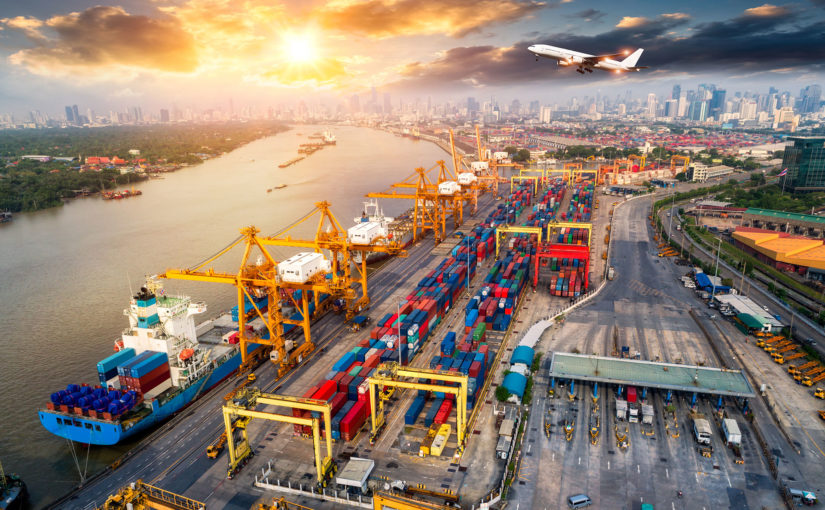We have the ability to be connected all the time, from just about anywhere. And, this globalization provides opportunities to build efficiencies in your supply chain as well. However, being more connected also comes with its share of challenges. To benefit from globalization and worldwide interconnectivity, it is important to be prepared for the risks that come with it.
In the past, it was common for manufacturers to source all of their materials locally from the same region. Logistics were complicated and shortages created an issue. Nowadays, supplies come from all over the United States and all over the world. Technological advancements have led to a much more efficient, streamlined and cost-effective supply chain. The U.S. Chamber of Commerce reports that increasing the efficiency of the supply chain directly translates to increased profits. And there’s more, the global supply chain does not just benefit individual operations. It also leads to U.S. jobs and economic growth.
What are the risks?
If this all sounds so good, so why isn’t everyone doing it? As with just about everything, there are risks involved. Working with international suppliers across borders requires a lot of coordination and can lead to delays, which could result in significant costs. Also, regulations and country specific taxes are things to consider. According to the study, Managing Risk in the Global Supply Chain, 90 percent of the businesses surveyed do not measure supply chain risk when outsourcing production. “The visibility of material movement and control of the supply chain becomes even murkier in the global environment, which puts firms’ global supply chains at greater risk,” said Paul Dittmann, the author of the study.
All supply chain professionals face risks such as quality and safety challenges; supply shortages; legal, security, regulatory and environmental compliance; weather and natural disasters; and terrorism. However, companies with global supply chains face an addition potential for risk, including:
- The longer lead times needed in the global environment
- Supply disruptions due to global customs
- Foreign regulations and port congestion
- Political and/or economic instability in a source country
- Changes in economics such as exchange rates
Managing the risks
An effective risk management process for the supply chain can help companies avoid missed customer commitments, stock outs, reduced earnings, higher inventory levels, increased time-to-market cycles, reductions in product quality, and negative impacts to brand perception.
Today, the number one strategy to mitigate supply chain risk is to choose financially strong and competent suppliers. And while that does take some risk out of the equation, there are six key actions every business that relies on a global supply chain should do internally to help protect themselves and ensure stability and resilience long term.
- Collaboration. Supply chain leaders need to drive their organization to collaborate effectively across supply chain disciplines, business functions, and with strategic suppliers, customers and carriers.
- End-to-end Thinking. Understand that changes in one aspect of the system impact other aspects of the system.
- Total Value-based Analytics. While pretty much every business includes safety, cost, quality, reliability and customer service elements in supply chain measures, optimized supply chains take their scorecards one step further. Their analytics measures include the value of inventory, quality and responsiveness. In addition, they take into consideration overall supply chain time, material cycle time, production cycle time, and new initiative launch timing.
- Custom Tools, Systems and Data. Within the supply chain, each business unit needs to have the proper tools in place and access to the appropriate data to communicate, and solve problems.
- Rely on Experts. Leading supply chains collaborate with external partners across virtually every element of the supply system. They realize the global supply chain is very complex and requires the expertise and creativity from external partners to win in the marketplace.
- Strategic Sales and Operations Planning (S&OP). Businesses with an effective S&OP are better at supply and demand, leading to reduced inventory, better customer service and increased manufacturing efficiencies.
As the scope of the business and, in turn, the supply chain enlarges, so does exposure and risk. And, that risk is unavoidable. Know the risks involved specific to your operation and collaborate internally and externally with your suppliers to create an effective risk management plan. Global supply chains will only continue to grow more intricate and essential in order to stay competitive with the changing market.

thanks for the information